The Green Economy is A Must of Our Society
Introduction
Given the increasing global level of waste and pollution and
its detrimental effects on air, water and the human health, The
safeness environment became a mast for worldwide consumers
together with wellbeing and longevity [1,2]. It is to underline in fact
that according to the World Health Organization (WHO),every year
occurs 4.2 million deaths as a result to outdoor pollution (Figure1)
[3], also if it isn’t to be forgotten the indoor nanoparticulates
represented from 10.000 to 240.000 nanoparticles/ml air [4].
Thus, it has been estimated that in 2015,diseases caused by air
pollution had a cost of USD 3.8 trillion in 176 Countries .Moreover,
the COVID-19 pandemic ,ravaging the World and attacking societies
at their core by an high impact on health and the economy never
ever imagined until today, has further increased the need to adopt
a Green Circular Economy [5,6]. Therefore, It has became a painful
evidence the necessity to shift healthcare system away from
profiting, giving a much bigger role to wellness and wellbeing, thus
changing the actual way of living [7]. However, our future survival
will depend on a new alignment between healthcare/wealth and
the preservation of both Environment and Biodiversity [3,8].
The materials and energy actually used to make consumer and commercial goods ,in fact, produce a large share of greenhouse gas (GHG) emissions impacting the environment by global warming and climate changing [9,10]. Therefore, the urgent necessity to produce and consume biodegradable goods that, decomposed or deconstructed into different materials, can easily be recycled and used without impacting the environment [10]. In conclusion the Linear Economy, based on the taking, making and producing waste, has to be changed by the Circular Economy of Reducing, Reusing and Recycling (Figure 2). At this purpose many research studies have been dedicated to emulate the productive strategies of nature for making bio-based products from renewable feedstocks, without waste and by a low consume of energy [5,6]. Thus, for example, both cosmetic ingredients and packaging materials could be realized by the use of biopolymers, involving the bacteria machinery to make these products at zero waste, safe and inexpensive [11]. Consequently the new products of the circular economy might be realized by the use of renewable sources and sustainable technologies, possibly obtained from agroforestry or food waste, such as chitin and lignin [12,13], preferably used in their nanosize, such as chitin Nanofibrils (CN ) and Nanolignin (LG).
Chitin And Lignin for Innovative Tissues
Both the natural polymers chitin and lignin, easily obtainable from food and agro-forestry waste at low cost, may be used as interesting biocompatible carriers to make smart particles and innovative biodegradable non-woven tissues for medical [14- 16] and cosmetic use [17-19], as well as to realize biodegradable films and nanocomposites for food packagings and cosmetic containers [20-22]. But how chitin and lignin can be used? Due to the fact that chitin is an electropositive polymer, while lignin has an electronegative backbone, they have been used to realize block polymeric particles by the gelation method (Figure 3). Successively, embedding the particles into a bio polymeric gel it has been possible to make tissues by the electrospinning technology or films by the casting technology. It is interesting to underline that these particles, more effective when in their nanosize, are able to encapsulate various active ingredients necessary to characterize the activity of the respective tissues and films [5,14-20] Thus, encapsulating nanoparticles made by nanostructured silver bound to fibers of chitin nanofibrils-chitosan ,it has been realized an innovative tissue that has shown an interesting anti-inflammatory and skin repairing activity both in vitro and in vivo [23-25].
On the other hand, encapsulating other active ingredients such as vitamin A and E and nicotinamide and other compounds into the same tissue, innovative cosmeceuticals have been realized, effective to slow down the formation of fine lines and wrinkles and to repair the damaged hair, always respecting the environment [26-28]. However, it results important to underline that : polymer quality and purity ,method and size adopted to produce particles and complexes, quality and dose of the active ingredients selected and encapsulated, result fundamental to obtain effectiveness and safeness of the designed final product. Just to understand the importance of the polymer size it is to remember, for example, that small chitin (<40 micrograms) has shown an antiinflammatory activity, having on the other hand a pro-inflammatory activity with a size of 40-70 micrograms [29]. Moreover, the tissues and films possibilities to enter in contact with the right cells releasing the active ingredients at level of the different skin layers, depend not only to the polymeric fibers size, the electric charge of their surfaces and the pH of the environment, but first of all to the inter- fibrillar spaces necessary to permit the cell adhesion, proliferation and differentiation (Figure 4) [12,30]. However, the non-woven tissue, results effective to regenerate skin and other tissues when made by natural polymeric fibers reproducing the structure of the natural extra cellular matrix (ECM) [31].
Figure 4: Skin penetrability of Nanoparticles depends from their size, electrical charge and type of polymer but also from the tissue structure that has to be similar to native extra cellular matrix (ECM).
Figure 5: Consumer request for environmental-friendly packagings (by courtesy of McKinsey & Company [33,34] ).
Figure 6: Request in Asia-Pacific for recyclable or compostable packagings (by courtesy of McKinsey& Company [33,34]).
Conclusion
In a world where waste, pollution and carbon dioxide became
a serious global threat to human health and the environment
provoking many worldwide disasters, it results necessary to
produce goods at zero waste by the use of bio-natural polymers
and micro-nanoparticles, finally adopting the Circular Economy
[13].The reported engineered micro-nano particles and tissues,
in fact, could provide numerous advantages as green compounds
characterized for their availability, reproducibility, biodegradability,
renewability biocompatibility and non-toxicity. However due to
their multi-functionality, these innovative biomaterials and carriers
could represent active matrices effective to regenerate wounded,
burned and aged skin as well as to make biotextiles for producing
sportswear, biodegradable medical masks and other hygienic
biomaterials or film-packagings to preserve food from bacterial
contamination [5-7,12-28]. In any way, It is to underline that chitin,
lignin and their complexes may be considered active carriers,
being metabolized by the human enzymes to produce glucose,
glucosamine, acetyl glucosamine and polyphenol compounds used
from the cells as food or energy.Additionally, it seems possible to stop the ocean’ mcroplastics
waste, utilizing these biopolymers to produce the many plastic
goods actually made by petrol-derived compounds. So doing it
will be possible to avoid many toxic compounds dangerous for
the algae, fish, sea mammals and birds as well as for the human
health, because of their activity acting as endocrine disruptors
for its content of toxic bis phenols [32]. For all these reasons the
worldwide consumers, including Z Millennials (aged 18-34),
Generation X (aged 35-50 ) and Baby boomers (51-69), request to
prohibit the actual deforestation, eliminate air and water pollution
and the natural resources depletion for the necessity to produce
and consume, for example, recyclable or compostable packagings
necessary to stop the climate change, as for our proposal. (Figure
5& 6) [33,34]. In conclusion ,natural climate solutions, that avoid
GHG emissions and soil sequestration ,offer a way to limit warming
and disasters by the worldwide introduction of the Green Economy.
For more Articles on : https://biomedres01.blogspot.com/
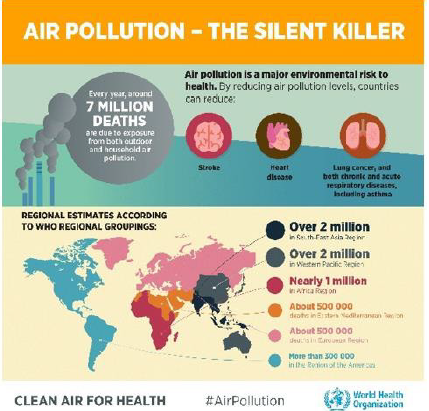
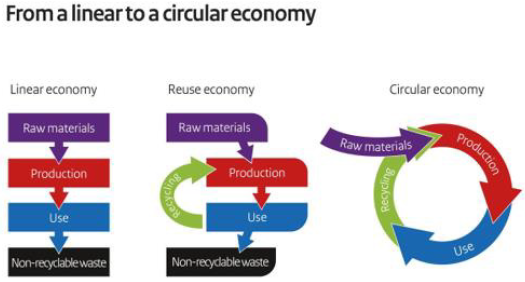
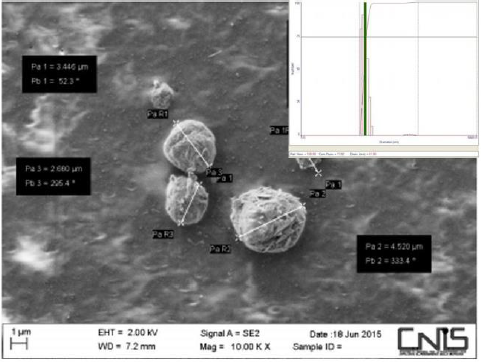
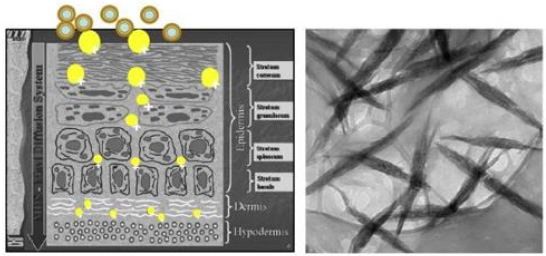
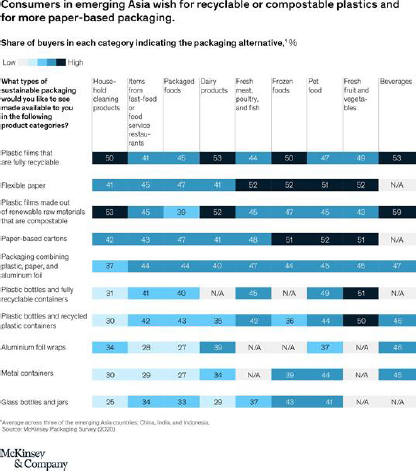
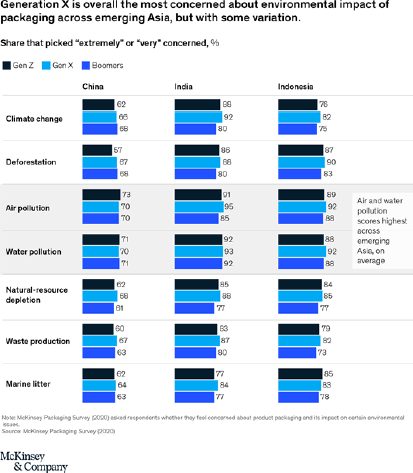


No comments:
Post a Comment
Note: Only a member of this blog may post a comment.